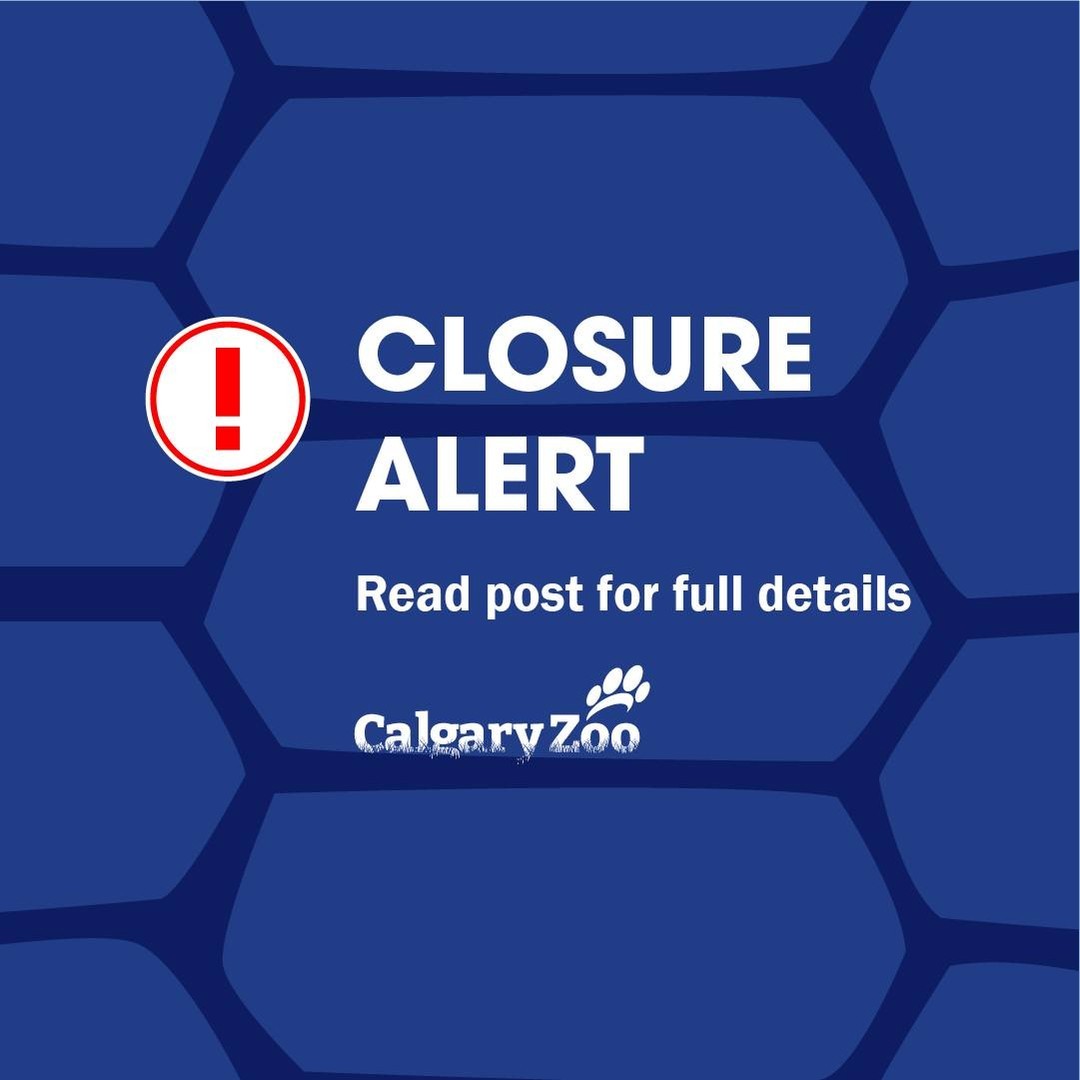- Importance of habitat maintenance for polar bears in captivity and how it impacts their well-being.
- The role of zoos in wildlife conservation and public education.
- The physiological and behavioral characteristics of polar bears and how they adapt to different environments.
- Challenges and strategies involved in managing polar bears in captivity.
- The significance of animal viewing alerts and visitor communication in zoological institutions.
Understanding the significance of habitat maintenance in zoological settings is crucial for the well-being of animals like polar bears. Regular upkeep and redesign of enclosures play a vital role in replicating the natural habitats of these majestic creatures. By mimicking the Arctic environment, zoos aim to provide an enriched space that promotes physical and psychological health. Maintenance activities might include cleaning, repairing, and upgrading structures, as well as introducing new stimuli to keep the animals engaged. During these periods, temporary disruption in animal viewing is a necessary step to prioritize the residents’ welfare over public viewing opportunities.
Zoos hold a pivotal role in wildlife conservation, acting as bastions for species conservation, research, and public education. They serve as sanctuaries for breeding programs designed to boost population numbers of endangered species such as polar bears. Additionally, zoos conduct research that contributes to a deeper understanding of these animals’ behaviors, diets, and needs. Educational programs within zoos foster public awareness about wildlife conservation challenges. They aim to sensitize visitors about the ecological importance of species like polar bears and the impacts of climate change on their natural habitats.
Polar bears, scientifically known as Ursus maritimus, are highly specialized carnivores that have adapted to the extreme Arctic conditions. They exhibit unique physiological characteristics, such as a thick layer of blubber and dense, water-repellent fur, which provide insulation in frigid environments. These adaptations aid in their survival in a habitat characterized by harsh temperatures and ice-covered landscapes. In captivity, replicating such an environment to maintain these natural behaviors poses significant challenges. Zoo enclosures must carefully balance temperature regulation, ample space for swimming, and opportunities for hunting-like activities to ensure the bears remain physically and psychologically healthy.
Managing polar bears in captivity presents several challenges due to their size, strength, and specific environmental needs. Polar bears require large enclosures that allow them to swim, play, and explore. They are highly intelligent and exhibit complex social behaviors, necessitating regular environmental enrichment to prevent boredom and stimulate mental engagement. Enrichment activities may include introducing toys, puzzle feeders, and varying the presentation of food. Zoos must monitor the animals’ health rigorously to detect any signs of stress or illness early. Nutrition, medical care, and habitat conditions are continuously assessed and adjusted to meet the high standards of animal welfare.
Animal viewing alerts play a crucial role in maintaining transparent communication between zoological institutions and their visitors. These alerts inform visitors of changes in animal visibility due to routine maintenance or other activities essential for the animals’ care. Keeping the public informed not only enhances the visitor experience but also builds understanding and support for the zoo’s efforts in animal care and conservation. Such communication emphasizes the commitment of zoos to prioritize the well-being of their animal inhabitants over temporary inconveniences to the public.
Overall, the temporary unavailability of polar bear Siku highlights essential aspects of responsible zoo management. Habitat maintenance is a fundamental component of providing high-quality care that aligns with the social and biological needs of captive animals. This aligns with global conservation goals, ensuring species like polar bears continue to thrive, both in the wild and in captivity. Through effective management practices and education, zoos inspire a deeper appreciation and commitment to wildlife conservation.
*****
Source Description
Animal Viewing Impact Alert 📣 Our polar bear ‘Siku’ will not be viewable on Tuesday, January 14th, and Wednesday, January 15th, due to habitat maintenance. Thank you for your understanding. 🐻❄️


